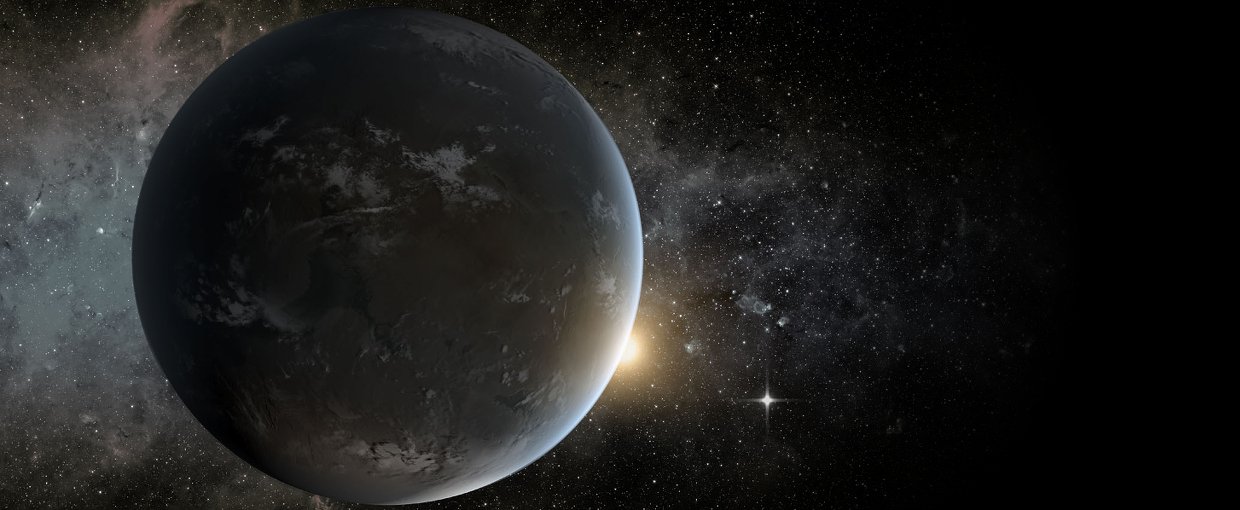
Scientists supported by NASA Astrobiology have proposed a scenario of planet formation to help explain why M-Dwarf stars seem to have more transiting planets than Sun-like stars in data gathered by the Kepler space telescope. The model also could explain how and where super-Earths form and provide insight into why the Solar System does not contain such a planet.
A recent post from the Many Worlds blog discusses the research in detail and is available here.
The study, “Why Do M Dwarfs Have More Transiting Planets?” was published in The Astrophysical Journal Lettres.
The Many Worlds Blog chronicles the search for evidence of life beyond Earth written by author/journalist Marc Kaufman. The “Many Worlds” column is supported by the Lunar Planetary Institute/USRA and informed by NASA’s NExSS initiative, a research coordination network supported by the NASA Astrobiology Program. Any opinions expressed are the author’s alone.
